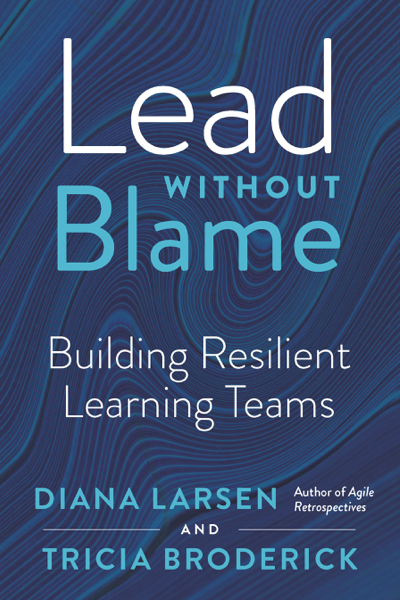Let’s start first with what I am specifically referencing when I say co-training: Two people collaboratively delivering training materials.
In theory, people like the idea of co-training. They often believe it means less work, less pressure/stress, etc. Until they try it the first time and realize how wrong they are!!! Especially the first time, this usually results in the two people swap section approach to co-training. One person does a section and the other person basically disappears, then other person does the next section with the first person disappearing, back and forth. Aside from the difficulty of finding a good rhythm (how frequently should you switch, how will you switch), this is jarring for participants. Personally, I’ve found myself thinking “please let the other person talk, I like them better” or “I wonder if they both know the other person’s material” or even worse “do they even want to be working together?”.
Now I say this but admit freely that I do this type of co-training including recently. One instance is where I’m training at a client site and they have a goal of increasing trainers within the client. To start off, a person might only do one or two sections by themselves. I’m there to help in case of issues but my focus is on providing them real-time feedback on becoming a stronger trainer. This makes learning harder. For the trainer, they have to step in without prior knowledge of what was happening in the course (unless they were observing). They have to start with content without opportunity to build rapport. They are immediately on the spot and being compared. In addition, this is tough for the class. Why is this person just randomly now training? Increased energy trying to readjust to a new style of delivery. In this situation, I’ve chosen to be open and honest about what the client’s goal is, which helps the learners let go and support the trainer in their learning too. I’ve also found that having the new trainer start off immediately with an exercise to take the spot light off of them – allows them a bit of time to adjust to the attention and walk off some adrenaline.
There is a completely flipped purpose that has me recently co-training by a section. I’m working on getting a certification for training. In doing this process, recommendations are required from other trainers. Since I’m basically asking to join their training for two days and co-train so they can access whether to recommend me, I am only doing parts of the training. This is their class. Some of the challenges above are negated in that I’m experienced but the rest remain. With my schedule and other co-trainer schedules, approaching this requirement any other way is very difficult unless you have experience truly co-training with them already.
So what should co-training really look like? Well, let’s assume you have the basics of training down. Two people naturally delivering training together. Here are some indicators that this is happening:
- They both participate frequently.
- They help each other with minimal instructions.
- The conversation flows effortlessly between one another (i.e. Doesn’t feel like one owns a section).
- They both inspect and adapt based on the learning, environment and each other.
- They are enjoying working together.
Getting to this stage is not easy. It takes time and working together frequently to understand and know each others’ training strengths and weaknesses. It takes trust to improv and adjust based on the other person’s actions. It takes gaining shared understanding of the purpose/intent of the materials. It takes building awareness of reading the room. It takes open communication for what is and is not working together.
So if you have the opportunity to co-train, acknowledge the learning in the co-training itself. It might just save you from strangling the other person when they go long on an area. Plan for prep time where you can discuss styles, subtle cues to give to each other, when to give feedback, when to make adjustments, reviewing the material, etc.
Yes, it’s often more work but the result pays off. Plus, I find that once I get to this place with someone, aside from reviewing the material intent, the rest we can truly figure it out in the moment. In many ways, I consider co-training to be an advanced skill that all leaders should learn.
What do you enjoy and/or dislike about co-training?




